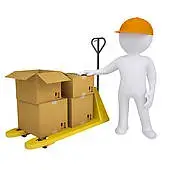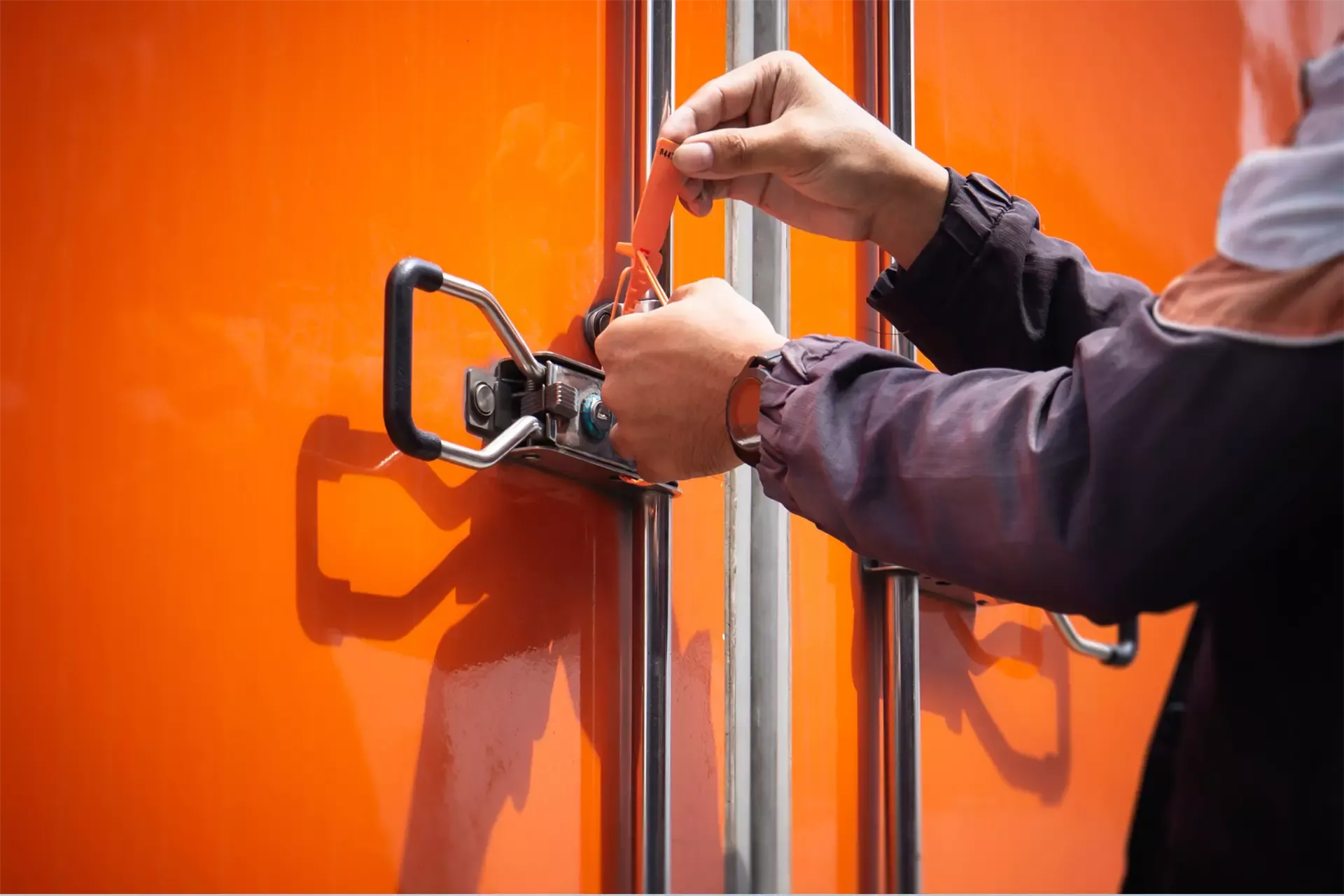How to ensure the safety of a warehouse in an optimal way?

How to ensure the safety of a warehouse in an optimal way?
A warehouse is, by definition, a transit point where large quantities of goods pass through. What are the solutions to guarantee the protection of a warehouse — as well as that of employees? Here are some suggestions to ensure maximum safety in warehouses, distribution centers, and other strategic locations:
Separate Shipping and Receiving Areas
Try to separate areas used for shipping from areas used for receiving. Where possible, install physical barriers between these two areas. Likewise, ensure that a goods sorting area is established between the warehouse's receiving and shipping areas. In order to ensure the safety of those present, various solutions are possible, in particular in order to avoid collisions between pedestrians and forklifts.Personal and Visitor Vehicles
Establish a policy to prohibit personal vehicles in shipping and receiving areas. Likewise, the parking of employee and visitor vehicles should not be near the warehouse and reception doors. In order to reduce the speed of vehicles inside the site, consider installing speed bumps.
An area reserved for Outside Truck Drivers
Drivers of transport trucks outside the company must not have access to the interior of the warehouse. If possible, offer a rest room or waiting room specifically reserved for drivers. This room must have toilets and other facilities available to drivers during the wait caused by loading and unloading their trucks.
Waste and recycling containers
Waste and recycling containers should be installed outside the warehouse and should not be directly accessible from inside the warehouse. Clear signage will make it easy to locate them. Keep trash cans and recycling containers locked. It is also recommended to set up a waste removal procedure with the presence of at least one employee.
Personal Lockers
Establish personal lockers for your employees, where personal belongings and valuables of employees, such as telephones, personal clothing, etc. In general, personal belongings and other valuables should not be in the warehouse during working time. The use of an electronic system makes it possible to control access to the room or lockers. This access control system should be able to give accurate information about entering and leaving the room, as well as the opening of lockers. In some cases, it may even be envisaged that access to this room is not done alone, but always in pairs.
Verification of entrances and exits
Large warehouses should have security checkpoints at the entrance to the site. All outgoing trucks should be required to stop at the checkpoint before leaving the site. In smaller warehouses where a checkpoint cannot be justified, consideration should then be given to having a supervisor or security guard who will perform unannounced and random checks on outgoing vehicles.
Employee Entry and Exit
Limit the number of exterior doors that can be used for employee entry and exit. Where possible, the main entry and exit door will be visible from the warehouse manager's office. Otherwise, a video camera will record the entrances and exits of the warehouse. Alarms should also be installed on emergency exits.
An Alarm System in Case of Intrusion
Whenever possible, avoid storing full trailers during warehouse closing hours. If full trailers are parked outside the warehouse, ensure that an effective alarm system protects both the warehouse and the parking lot in case of intrusion.





